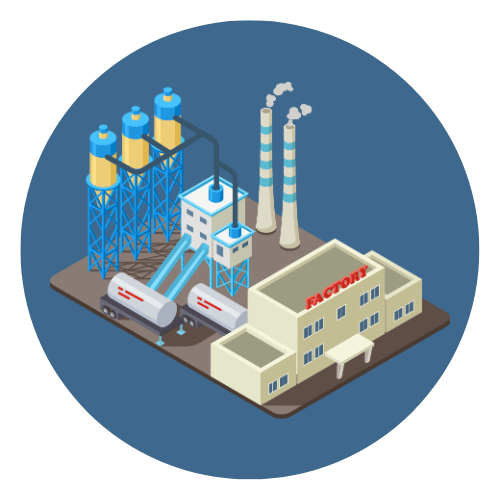In the modern era of automation and smart systems, actuators play a vital role in enabling machines and devices to perform controlled movements. Whether it’s a robotic arm assembling components on a factory floor or a valve adjusting fluid flow in a chemical plant, actuators serve as the muscle behind automation. Among the various types of actuators available—hydraulic, pneumatic, and electric—electric actuators have gained significant popularity due to their precision, efficiency, and versatility.
An electric actuator is a device that converts electrical energy into mechanical motion. This motion can be either linear (moving in a straight line) or rotary (spinning or turning). Unlike hydraulic or pneumatic systems that rely on fluid or air pressure, electric actuators operate using electric motors and often incorporate advanced electronics for precise control. They are commonly used in applications where accuracy, repeatability, and minimal maintenance are critical.
The use of electric actuators has expanded across a wide range of industries, including manufacturing, aerospace, automotive, medical, and renewable energy. Their integration with digital control systems like PLCs (Programmable Logic Controllers) and SCADA (Supervisory Control and Data Acquisition) makes them ideal for complex and automated tasks. Additionally, as sustainability becomes a global focus, electric actuators are often favored for being cleaner and more environmentally friendly, especially compared to their fluid-powered counterparts.
This article provides a comprehensive look at electric actuators—exploring how they work, their different types, advantages and limitations, key applications, selection criteria, maintenance practices, and future trends. Whether you’re an engineer, technician, or simply someone curious about automation technology, this guide will help you understand everything you need to know about electric actuators.
1. What Is an Electric Actuator?

An electric actuator is a mechanical device that uses electrical energy—typically from a DC or AC power source—to create mechanical motion. This motion can be either linear (straight-line movement) or rotary (rotational movement), depending on the type of actuator and the needs of the application.
At its core, an electric actuator consists of:
-
An electric motor (to generate motion),
-
A mechanical transmission system (like gears, lead screws, or belts to convert and direct motion),
-
And often, a control system that receives commands and manages speed, position, and torque.
Key Features of Electric Actuators
-
Precise control of position, speed, and force
-
Low maintenance and long lifespan
-
Easy to integrate into automated systems (PLCs, HMIs, etc.)
-
Cleaner operation (no fluid leaks, unlike hydraulics or pneumatics)
-
Suitable for a wide range of environments, from cleanrooms to heavy industry


 Automation System
Automation System  Energy Engineeing
Energy Engineeing  Instrumentation System
Instrumentation System  Mechanical Engineeing
Mechanical Engineeing  Piping Technologies
Piping Technologies  Transportations
Transportations  Manufacturing
Manufacturing  Training Material
Training Material 











